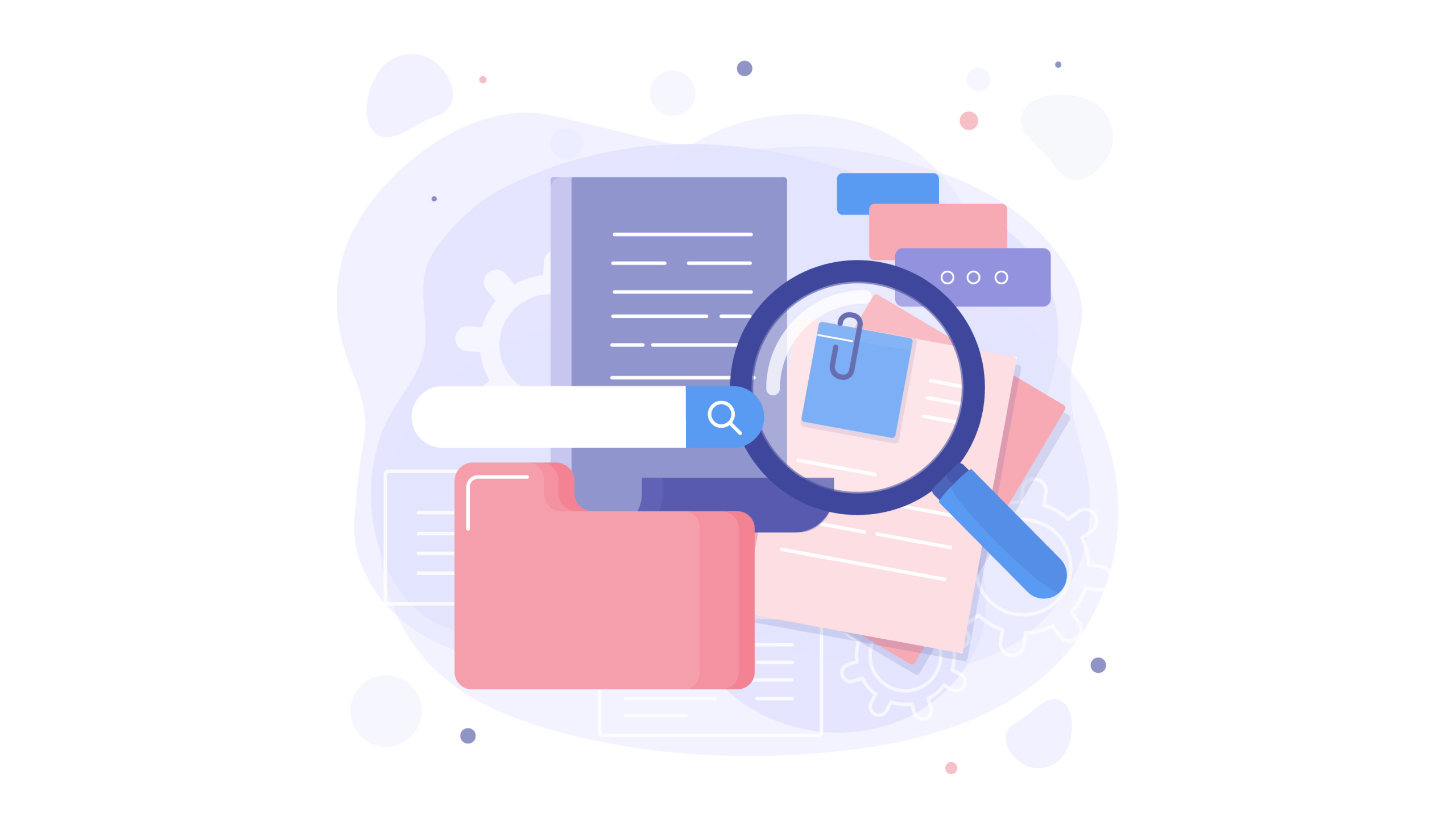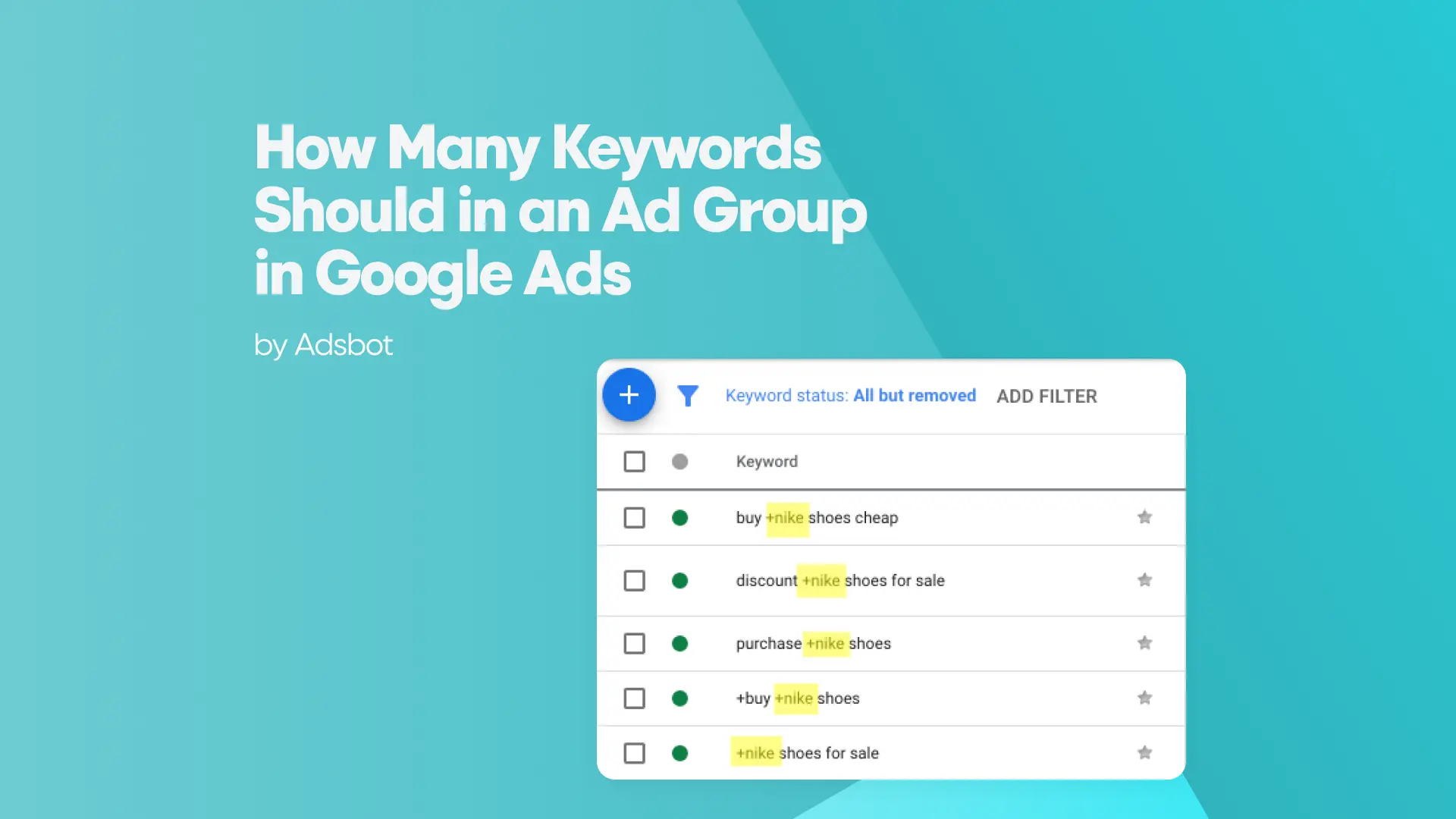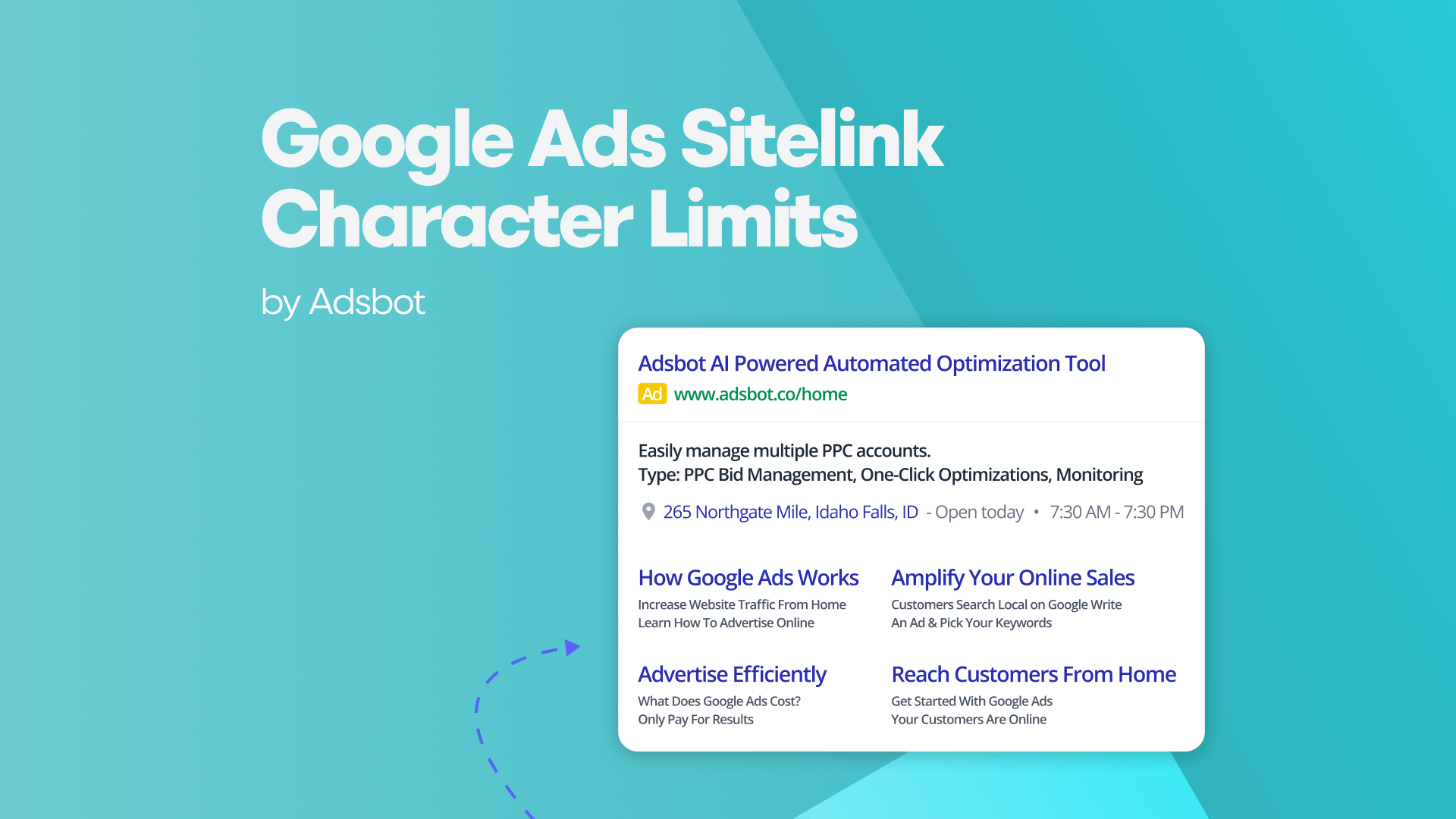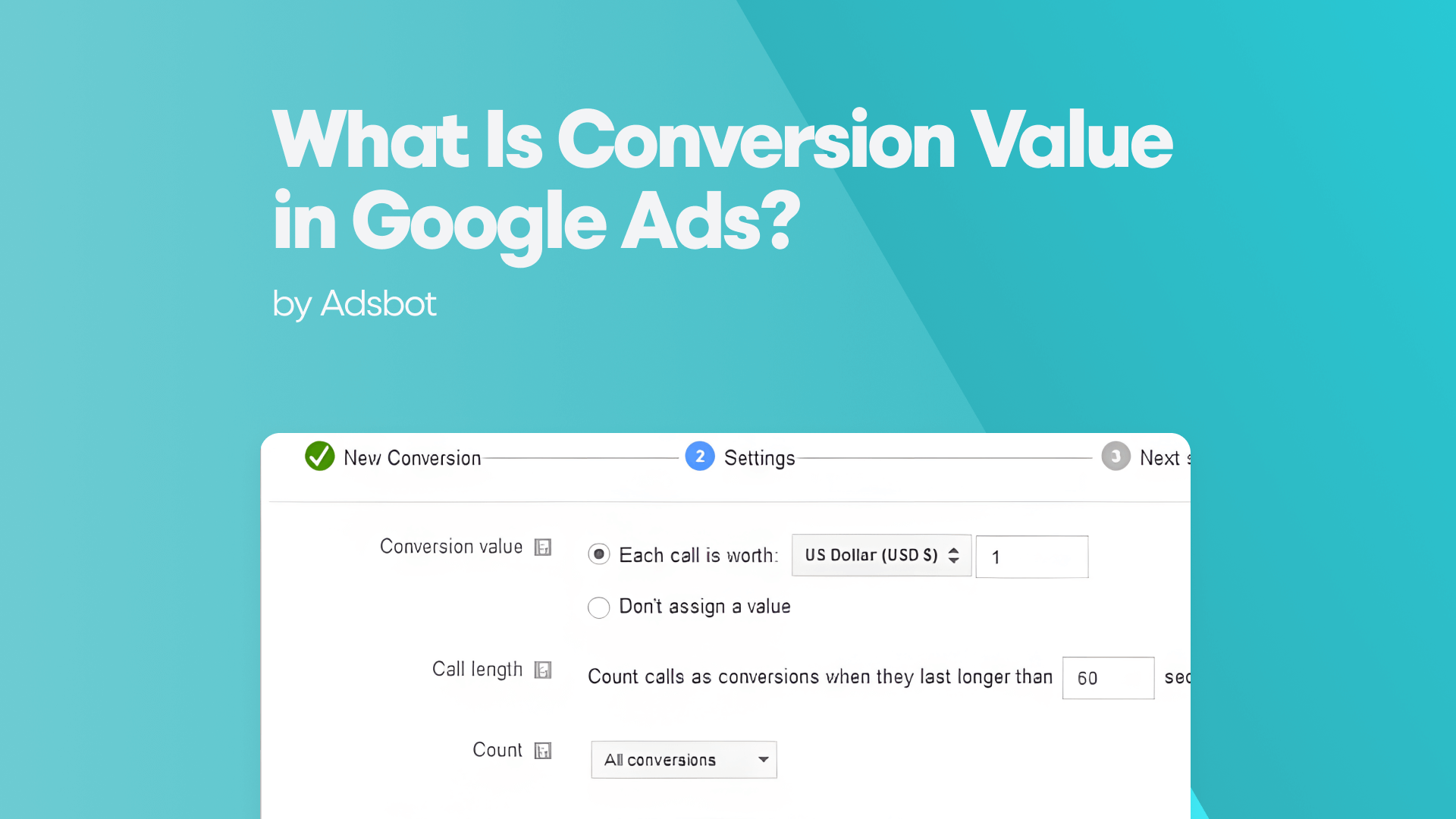In today’s hyper-competitive digital marketing landscape, success isn’t just about running campaigns; it’s about running smart campaigns. Enter optimization score, a game-changing metric that acts as your personal marketing compass, guiding you toward higher performance, better ROI, and less wasted ad spend. Whether you’re a seasoned marketer or just starting out, understanding how to leverage this powerful tool can mean the difference between mediocre results and record-breaking conversions.
But here’s the kicker: most marketers aren’t using optimization scores to their full potential. They glance at the number, nod in approval, and move on, missing out on a goldmine of actionable insights. This guide dives deep into how optimization scores work, why they’re a non-negotiable for modern marketers, and the proven strategies to turn those scores into real, measurable success. By the end, you’ll not only grasp the mechanics behind this metric but also walk away with a clear roadmap to boost efficiency, stretch your budget further, and outperform competitors, all while saving time. Ready to transform your marketing game? Let’s get started.
Understanding What Optimization Score Is and How It Works
At its core, an optimization score is a dynamic, data-driven metric, typically ranging from 0% to 100%, that evaluates how well your marketing campaigns are configured for success. Platforms like Google Ads, Microsoft Advertising, and even some social media tools use sophisticated algorithms to analyze your account settings, ad creatives, bidding strategies, and targeting parameters, then assign a score based on their potential to deliver optimal results. Unlike static performance metrics (like CTR or conversion rate), this score isn’t just a rearview mirror; it’s a predictive tool that highlights untapped opportunities before you even launch a campaign.
The score is calculated by comparing your current setup against industry best practices, historical performance data, and machine-learning insights. For example, if your Google Ads account has an optimization score of 75%, it means there’s still 25% room for improvement, whether that’s adjusting bid strategies, refining keyword lists, or enabling ad extensions. What’s fascinating is that this score isn’t arbitrary; it’s tailored to your specific goals. A lead-generation campaign might prioritize conversion rate optimizations, while an e-commerce brand could see recommendations focused on maximizing ROAS. The beauty lies in its adaptability: as market conditions shift or new features roll out (like AI-powered bidding), the optimization score evolves to keep you ahead of the curve.
Critically, this metric doesn’t just flag problems; it prioritizes them. Instead of drowning in a sea of generic “tips,” you get a ranked list of high-impact changes, complete with estimated performance lifts. For instance, Google Ads might suggest that enabling “responsive search ads” could boost your score by 10% and increase conversions by 15%. This level of granularity turns guesswork into a strategic, data-backed playbook. Ignoring it is like leaving money on the table, because every percentage point you gain translates directly to better ad rankings, lower costs, and higher-quality traffic.
How Optimization Score Prioritizes Campaign Improvements
One of the most powerful yet underappreciated aspects of optimization scores is their ability to cut through the noise and direct your attention to the changes that will move the needle most. Unlike traditional audits that dump a laundry list of fixes on your lap, this system uses predictive analytics to rank recommendations by their potential impact, ensuring you focus on what truly matters. The prioritization isn’t random; it’s based on a combination of historical data, real-time performance trends, and machine-learning models that simulate how each adjustment could affect your KPIs. For example, if your score suggests that “adding negative keywords” has a higher projected lift than “increasing budget,” you can confidently allocate resources where they’ll yield the best return.
This prioritization also accounts for effort versus reward, a critical factor for time-strapped marketers. A recommendation to “upgrade to smart bidding” might require minimal setup but could deliver a 20% improvement in conversion value, while manually restructuring ad groups could take hours for a 5% gain. The score weighs these trade-offs, surfacing quick wins alongside long-term plays. Moreover, platforms like Google Ads often tie recommendations to specific business goals. If your objective is “maximize conversions,” the score will deprioritize brand-awareness tweaks in favor of conversion-focused optimizations like landing page improvements or audience refinements.
What’s even more compelling is the dynamic nature of these priorities. As your campaigns run, the optimization score continuously recalculates based on new data, like changes in competitor activity, seasonal trends, or algorithm updates. A recommendation that was low-priority last month (e.g., “expand to display ads”) might suddenly jump to the top if the system detects a surge in relevant audience behavior. This agility ensures you’re always acting on the most current, high-leverage opportunities, rather than relying on outdated strategies. For marketers juggling multiple campaigns, this means less second-guessing and more confident, results-driven decisions.
The Role of Automation and AI in Optimization Scoring
Automation and AI are the backbone of optimization scoring, transforming raw data into actionable, hyper-personalized recommendations that would take humans weeks to uncover. At the heart of this system are advanced machine-learning models that analyze billions of data points, from user behavior patterns to auction dynamics, to predict which changes will drive the highest performance lifts. For instance, Google’s AI evaluates how similar businesses in your industry have responded to specific optimizations (like adjusting match types or enabling ad rotations) and applies those learnings to your account, effectively giving you a virtual team of data scientists working 24/7 to fine-tune your campaigns. Other key factors include:
- Real-time bidding insights: AI simulates thousands of auction scenarios to determine the optimal bid adjustments for your goals, whether that’s lowering CPA or increasing impression share.
- Audience behavior prediction: By analyzing signals like search intent, device usage, and time-of-day activity, the system identifies which audience segments are most likely to convert, and suggests targeting expansions or exclusions accordingly.
- Creative performance forecasting: Tools like Google’s “Ad Strength” metric use natural language processing to evaluate your ad copy’s effectiveness, recommending tweaks to headlines or descriptions that align with high-performing trends.
- Cross-channel synergy: Some platforms (like Microsoft Advertising) factor in how your search, social, and display campaigns interact, ensuring optimizations in one area don’t inadvertently cannibalize another.
- Seasonal and market trend adaptation: AI detects shifts in demand (e.g., holiday shopping spikes) and adjusts recommendations to capitalize on timely opportunities, such as increasing budgets for high-intent keywords.
The result is a self-improving feedback loop: as you implement recommendations, the AI learns from your results, refining future suggestions to better match your unique business context. This eliminates the trial-and-error approach that plagues traditional marketing, replacing it with a data-driven, iterative process that compounds gains over time. For marketers, this means less time spent on manual analysis and more time executing strategies that are statistically proven to work, freeing up resources to focus on high-level creativity and strategy.
Using Optimization Score to Increase Marketing Efficiency
Leveraging optimization scores is one of the fastest ways to eliminate inefficiencies that drain time, budget, and performance. Consider this: the average marketer spends nearly 20% of their week on manual campaign audits and adjustments, time that could be redirected to strategy or creative development. Optimization scores automate this process by flagging underperforming elements (like low-quality keywords or poorly structured ad groups) and providing fix-it-now solutions. For example, if your score reveals that 30% of your budget is being wasted on broad-match keywords with high impressions but zero conversions, you can instantly pause those terms and reallocate funds to high-intent phrases, boosting ROI without increasing spend.
Beyond cost savings, this tool streamlines workflows by integrating with other marketing platforms. A low optimization score in your Google Ads account might trigger alerts in tools like Google Analytics or CRM systems, prompting a holistic review of your funnel. This cross-platform visibility ensures you’re not just optimizing ads in isolation but aligning them with your broader customer journey. Additionally, teams can use the score as a performance benchmark to track progress over time. Setting a goal to improve your score by 15% month-over-month creates a measurable, motivating target that keeps everyone accountable, without the ambiguity of vague KPIs like “improve engagement.”
Perhaps the most underrated efficiency gain comes from reduced decision fatigue. With hundreds of levers to pull in any given campaign, marketers often suffer from analysis paralysis. Optimization scores cut through the clutter by presenting a clear, prioritized roadmap, so you’re not left wondering whether to tweak your bidding strategy or overhaul your landing pages first. This clarity accelerates execution, allowing you to implement high-impact changes in hours rather than days. For agencies managing multiple clients, this scalability is a game-changer, enabling them to deliver consistently strong results without proportionally increasing headcount or hours.
Optimization Score as a Guide for Budget Allocation
Optimization scores reveal where your budget is being underutilized or misallocated, acting as a financial compass to maximize every dollar spent. The most critical insight these scores provide is which campaigns or ad groups are starved for funding despite high potential. For instance, if your score highlights that a particular audience segment has a 30% higher conversion rate but only receives 10% of your budget, you can instantly reallocate funds to capitalize on that opportunity, often doubling or tripling ROI with minimal effort. This data-driven approach eliminates the guesswork from budgeting, ensuring resources flow to the areas with the highest return potential. Other key factors include:
- Waste identification: The score pinpoints budget leaks, such as keywords with high spend but low conversion rates, allowing you to reassign those funds to better-performing terms or channels.
- Seasonal adjustments: AI detects patterns like increased competition during Q4 and recommends budget shifts to maintain visibility without overspending, such as reducing bids on low-intent keywords during peak periods.
- Channel synergy: For omnichannel marketers, the score evaluates how budget distribution across search, display, and social impacts overall performance, suggesting reallocations to balance reach and conversions.
- Bid strategy optimization: The system may recommend switching from manual to automated bidding (like tCPA or tROAS) if data shows it could improve cost efficiency by 20% or more.
- Geographic opportunities: If certain regions show higher conversion rates but lower ad spend, the score will flag these as priority areas for budget increases, often uncovering hidden growth markets.
The cumulative effect of these insights is a leaner, more agile budget that adapts to real-time performance data. Rather than sticking to rigid, quarterly budget reviews, marketers can make dynamic adjustments, scaling up what’s working and cutting what’s not, on a weekly or even daily basis. This flexibility is especially valuable for small businesses or startups with limited funds, as it ensures every dollar is stretched to its fullest potential. Over time, this disciplined approach to budgeting doesn’t just improve campaign performance; it builds a culture of data-driven decision-making that permeates every aspect of your marketing strategy. Tools with advanced AI analysis, like Adsbot, can further enhance this by providing a unified dashboard to monitor these dynamic adjustments and their impact in real time.
Popular Posts
-
How Many Keywords Should Be In an Ad Group in Google Ads?
Ever wondered if your Google Ads campaigns are packed with…
Read more -
Google Ads Script for Dummies: An Introduction
Imagine you have an e-commerce website that sells licensed superhero…
Read more -
Google Ads Sitelink Character Limits
Your Google Ads are cutting off in the middle of…
Read more -
What Is Conversion Value in Google Ads?
What if you could put a price tag on every…
Read more
Register for our Free 14-day Trial now!
No credit card required, cancel anytime.





